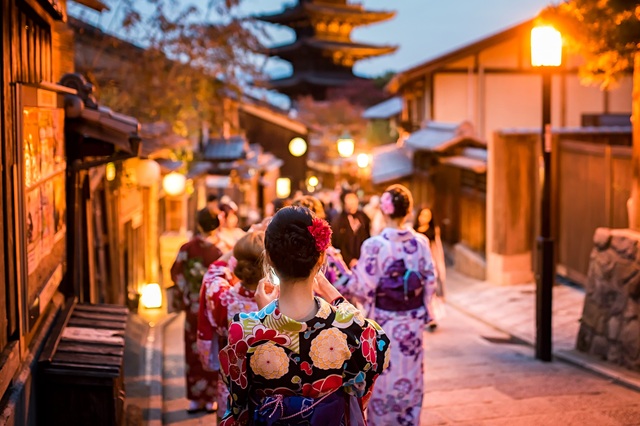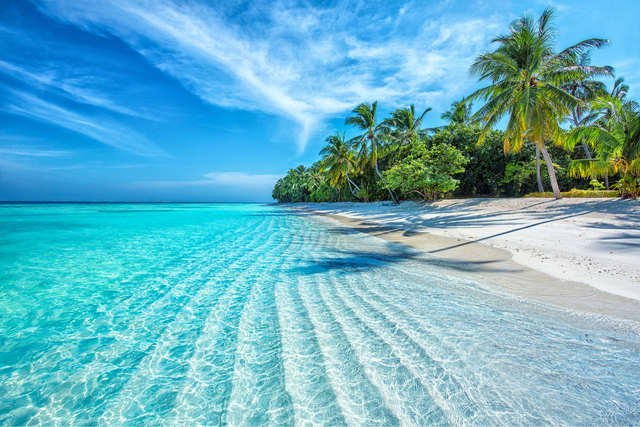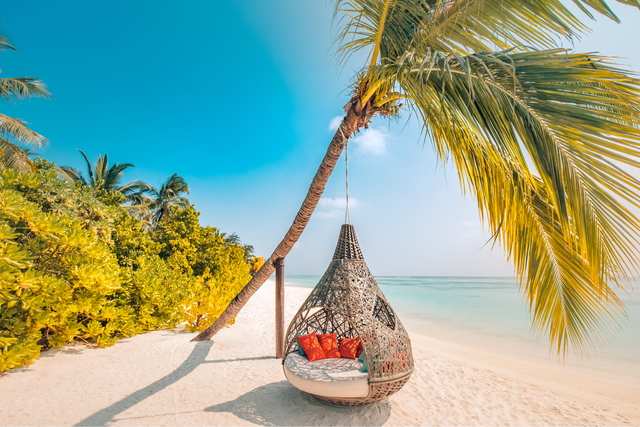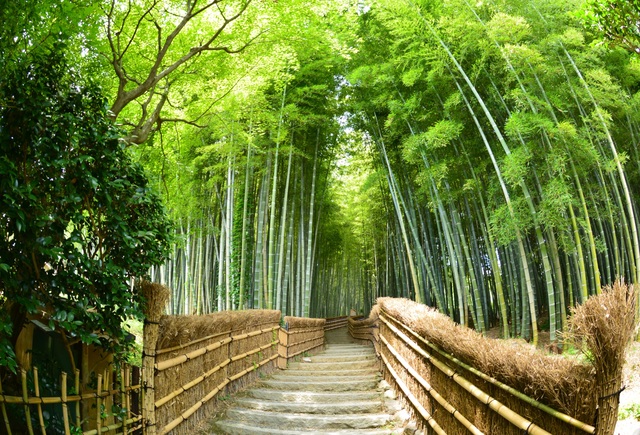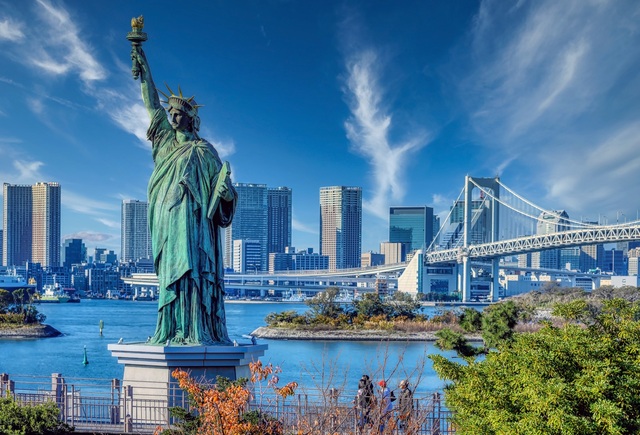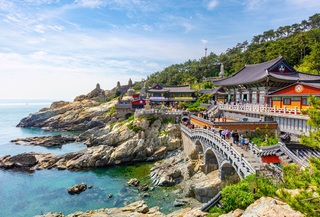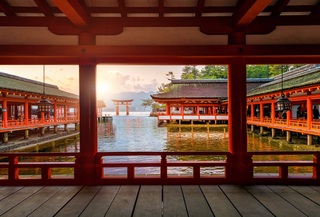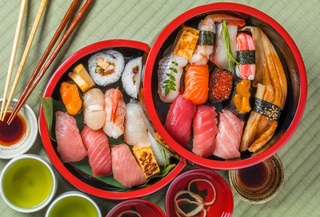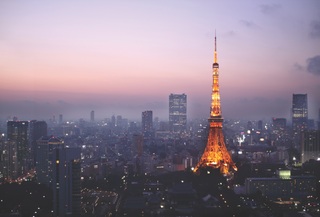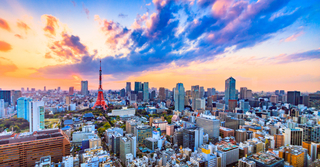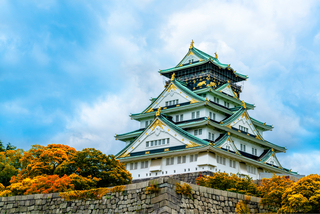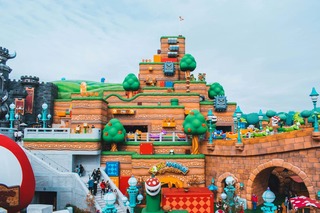Hidden Treasures of Korea and Japan
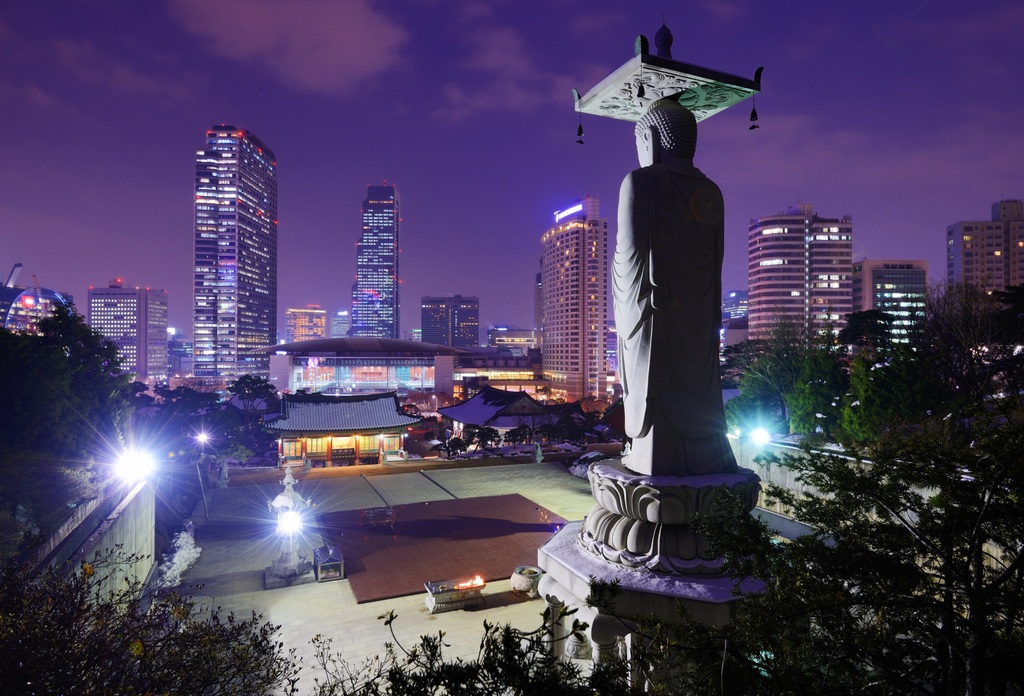




- Adventure
- Culture
- History
- Honeymoon
Overview
Experience some of the most unique places in South Korea and Japan!
Learn more about Japanese in Kyoto or be blown away by Seoul and Tokyo, some of the world's most exciting metropolises; on this tour, you will discover the incredible diversity of South Korea and Japan, while visiting less-known destinations.
Suggested itinerary
Ready to go! Departure from Europe to Seoul on an overnight flight. Get ready for the adventure waiting ahead of you.
You arrive at Incheon Airport and have a private transfer by car to your modern and centrally located hotel. You have three nights in the fantastic capital of South Korea, a city in rapid development. Ancient treasures, old houses and streets are hidden among neon lights and skyscrapers. Seoul also has fantastic street art and music, restaurants, bars and shopping opportunities - and an incomparable street kitchen.
We recommend that you spend one day visiting the border with North Korea, DMZ (demilitarized zone). It is only a half-hour drive from Seoul. Enter in the third tunnel located only 52 kilometres from Seoul and discovered in October 1978. Go to Dora Observatory. On a clear day, you'll be able to see the flag of North Korea and a village. Be prepared, as the DMZ can only be visited as part of a pre-booked tour.
Enjoy this day to discover a part of Seoul with Changdeokgung Palace and its splendid "Huwon" secret garden, a former resting place of the royal family. Then, continue through the shopping districts of Ikseon-dong, with its traditional hanok houses, and Insadong, with its craft shops, before reaching the Jogyesa Buddhist temple.
This morning, you leave Seoul and take the high-speed train KTX to Jeonju. Today, the city is home to about 650,000 residents and the quaint hanok village located in the heart of the city. The village is a kind of "old town" with traditional houses, museums, and cosy restaurants.
Don't forget to visit the Jaman Mural Village, where talented local artists paint murals, and create sculptures. Jeonju is also known for being the city with the best bibimbap, so be sure to try it out. You will spend the night in a 'hanok,' a traditional house built of wood according to ancient Korean craftsmanship.
After a traditional breakfast at your hanok, you travel with KTX down to Korea's picturesque south coast and the charming port city of Yeosu.
Yeosu has a beautiful wild coastline with cliffs and views of small green islands that lie like emerald pearls in the blue East China Sea.
Visit the lively fish markets where you can find the most delicious, freshly caught fish. Then, take a bus to the small island of Odongdo. The island also has a lighthouse from which one can view Yeosu city, which is gorgeous at night.
Use this second day in Yeosu to discover the area's temples, high cliffs, ocean views and deep caves. Don't forget the Aqua Planet Yeosu, Korea's largest aquarium. You can also take a slightly longer excursion to Suncheon Bay, a large and stunning nature reserve with incredible biodiversity.
A two and a half hour bus ride will take you to the port city of Busan, Korea's second-largest city. Here the city stretches along the coast of the Sea of Japan. In the summer months, Busan's beaches are among the most popular in the country. The city is also famous for having Korea's most delicious seafood, and the Jagalchi fish market, Korea's largest fish market, is a must-see.
It's your last day in South Korea. Enjoy Busan's great shopping opportunities with a visit to the world's largest department store, Shinsegae Centum City. Or, you can continue to explore the city with the famous Haedong Yonggung Buddhist Temple built in 1376, a rare temple in Korea facing the sea.
We have arranged a transfer to Busan Airport from where you catch your flight in Kansai Airport in Osaka in the morning. From Kansai Airport, you'll take the train to Kyoto. Kyoto was the capital of Japan from 794 to 1868, and the entire city is UNESCO-protected due to its enormously well-preserved culture.
The city has over 1600 temples and 400 Shinto shrines. Today we'd suggest you discover the northwestern part of the city, the famous Kinkaku-ji, also called the Golden Pavillon. Close by, you will find the Ryoan-ji, a temple, known for its rock garden and its zen atmosphere.
Kyoto is also the centre of Japanese culture, and it's a great place to experience tea ceremony, ikebana flower tying or wearing a kimono. You could also use this day to discover the east part of the city with a stroll through the Gion district, where you might be able to spot a geisha. We also recommend you visit the Heian Shrine and Sanjusangendo Hall, walk the Philosophy Trail or go shopping at the Nishiki Market.
Today, you could discover the Fushimi Inari Taisha, famous for its vermilion torii tunnels, before going to Japan's first capital, Nara. Go for a stroll in the alleys of Nara Park with the free-roaming deer. Visit Todai-ji temple, and enjoy the lanterns at Kasuga Shrine.
From Kyoto, you take the train to Kanazawa, a city where history and contemporary life collide. Here you will find one of Japan's most beautiful parks, the nearly 400-year-old Kenroku-en, founded on ancient Chinese principles of perfection. You can also stroll through the samurai district of Nagamachi, look at exclusive bowls of lacquer and pottery in Hirosaka Street or explore the Ninja Temple which has both hidden corridors and secret rooms (reservation required).
On this second day, check out Shirakawago, a village declared a UNESCO World Heritage site in 1995. The town is known for its traditional farmhouses called gassho-zukuri. A visit to Shirakawago will take you approximately three hours. Then it's back to Kanazawa city.
From Kanazawa, you have a short train ride with the shinkansen (bullet train) before changing to a local line and arriving in the small town of Unazuki Onsen. You spend the night at a ryokan, a classic Japanese inn with its onsen source. You'll also enjoy a traditional dinner prepared with seasonal ingredients, and breakfast is included in your stay. If you want to explore the scenic area, a train ride through the magnificent Kurobe Gorge is recommended.
After breakfast at your ryokan, you take your last shinkansen to Tokyo. Tokyo has something for everyone: You can immerse yourself in cultural experiences, temples and Japanese gardens, or you can take advantage of the latest in modern architecture, high-tech equipment and gourmet experiences.
You'll have four nights here, staying in a centrally located hotel with easy access to the metro and train so that you can reach all of Tokyo's sights and attractions within minutes.
Start this day with a traditional side of Tokyo and a visit to the Asakusa district and its famous Senso-ji temple, the oldest temple of Tokyo, completed in 645. Enjoy Nakamise street, a shopping street lined with snack stalls and souvenir stores.
Take a cruise down the Sumida River to Odaiba, a futuristic neighbourhood home to large malls like Venus Fort and a giant Gundam Unicorn Statue, then unwind with a visit to Oedo Onsen Monogatari, a hot spring theme park.
On this last day in Japan, discover the Shinjuku-gyoen, one of the city's largest parks, and then visit the Meiji-Jingu Shrine in Harajuku. Just outside the shrine grounds, stroll down colourful Takeshita Dori, before walking down the stylish streets of Omotesando. If you have time, grab a coffee from one of the cafes. If you need to buy some souvenirs, go to Grand Bazaar located on Omotesando's main street.
It's time to say "sayonara" (goodbye) or maybe "matanee" (see you again) to Japan. We will arrange tickets for the Airport bus or a shared transfer to the airport where you will have your return flight to Europe. We hope this has been a trip that you'll never forget.
Accommodation
 + 5 Photos
+ 5 Photos
A ryokan is a traditional Japanese inn that offers a unique cultural experience. Guests sleep on tatami mats, enjoy traditional meals and may have hot springs & gardens.
 + 5 Photos
+ 5 Photos
Western-style hotels in Japan offer comfort and convenience with amenities like room service and fitness centres. Many are located in major cities and near popular destinations.
 + 5 Photos
+ 5 Photos
A Hanok is a traditional Korean house where guests sleep on heated floor mats and enjoy home-cooked meals. With serene courtyards, they offer a peaceful way to experience local culture and architecture.
Important information
Important information
- Travel insurance is optional. Let us know if you’d like help adding it to your trip.
- The itinerary shown is an example. We’ll tailor the tour to fit your interests and travel style.
- Once you get in touch, we’ll finetune the details together to make sure the trip suits you perfectly.
What is included
- International return flight tickets
- One-way flight tickets between Korea and Japan
- Checked luggage
- Airport transfers
- 15 nights in western style accommodations
- 1 night in Korean style hanok
- 1 night in Japanese-style ryokan with onsen
- Breakfast and dinner (selected locations)
- Transport tickets between destinations
What is not included
- Local transport (buses, metro, taxis)
- Local city tax which needs to be paid on the spot
- Optional excursions and sightseeing tours
- Travel insurance




